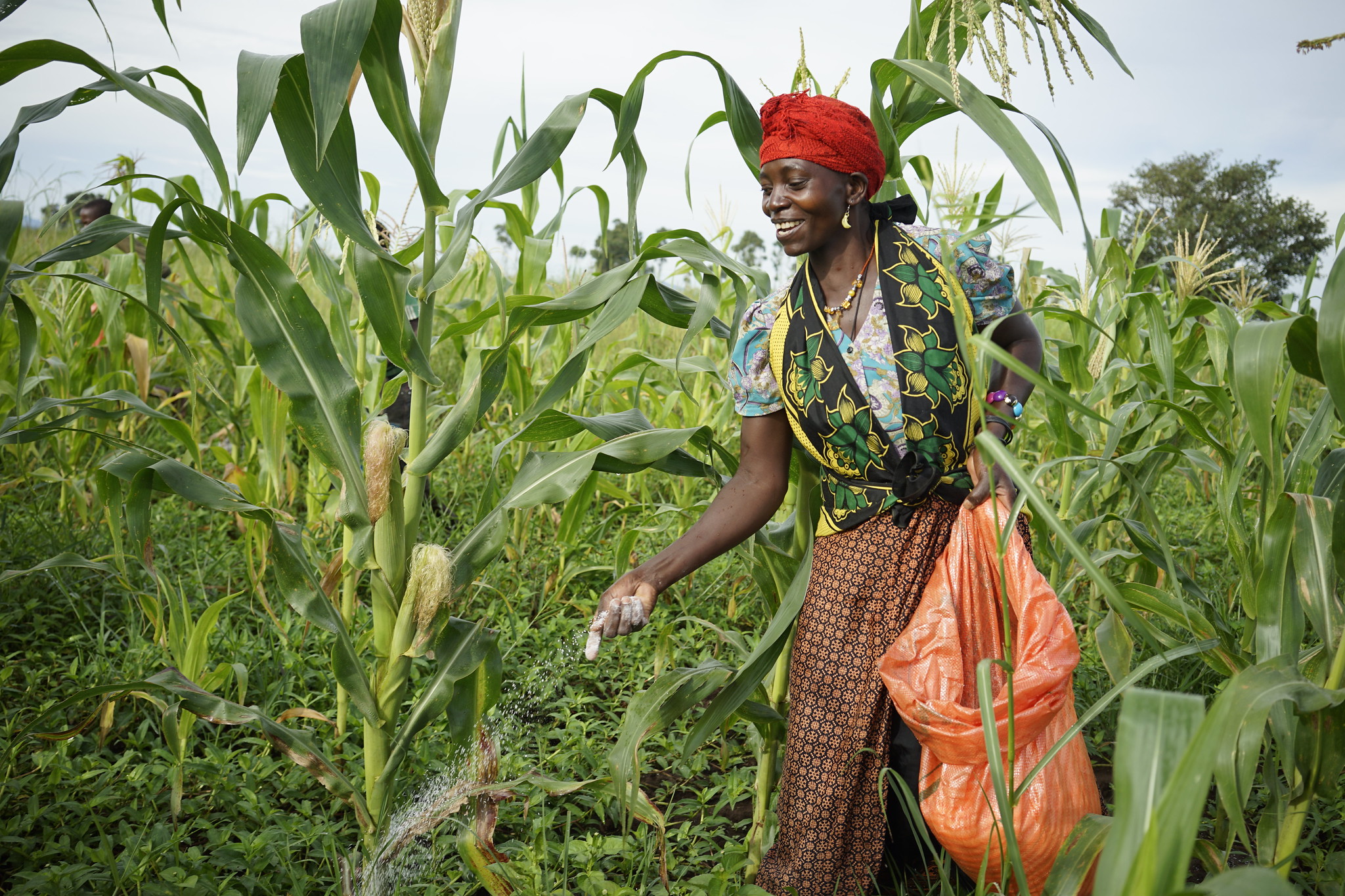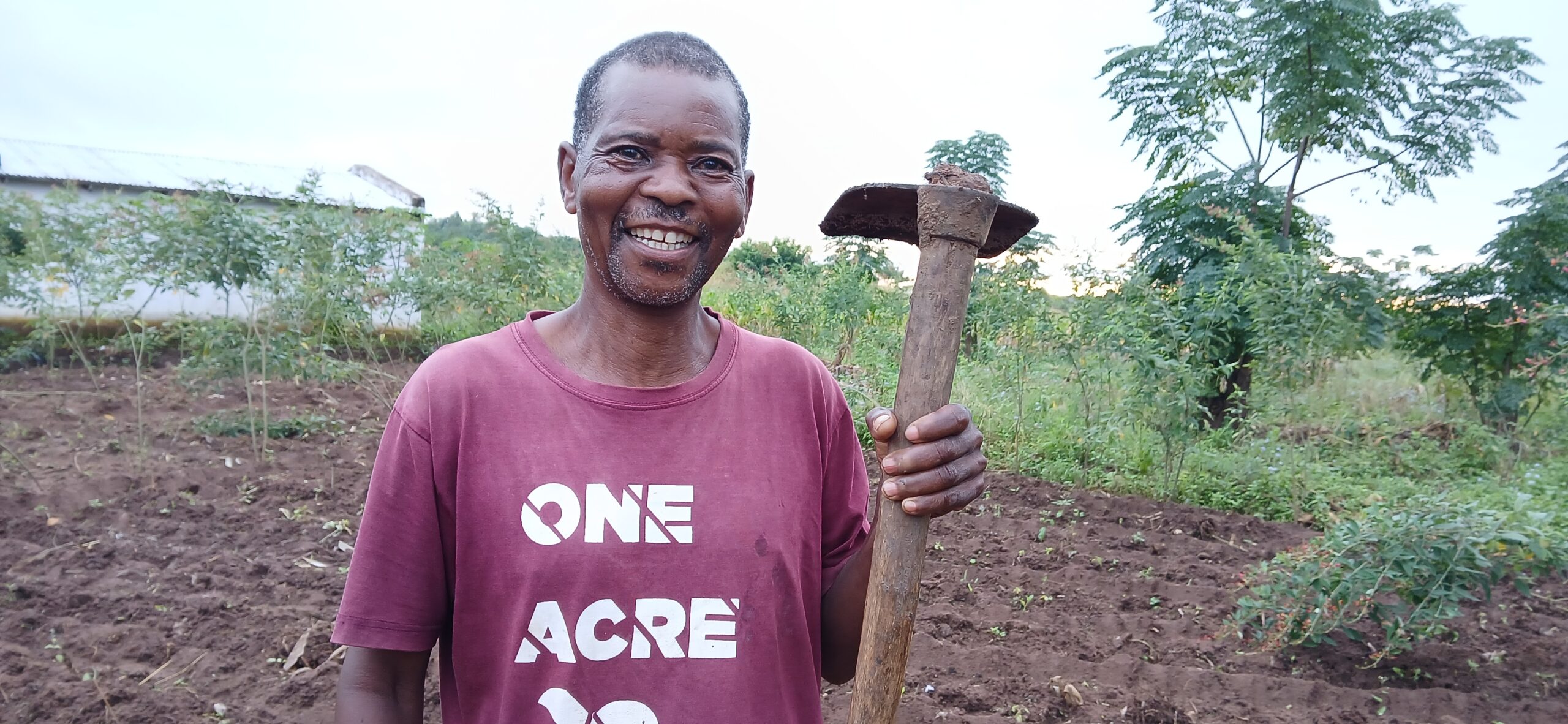
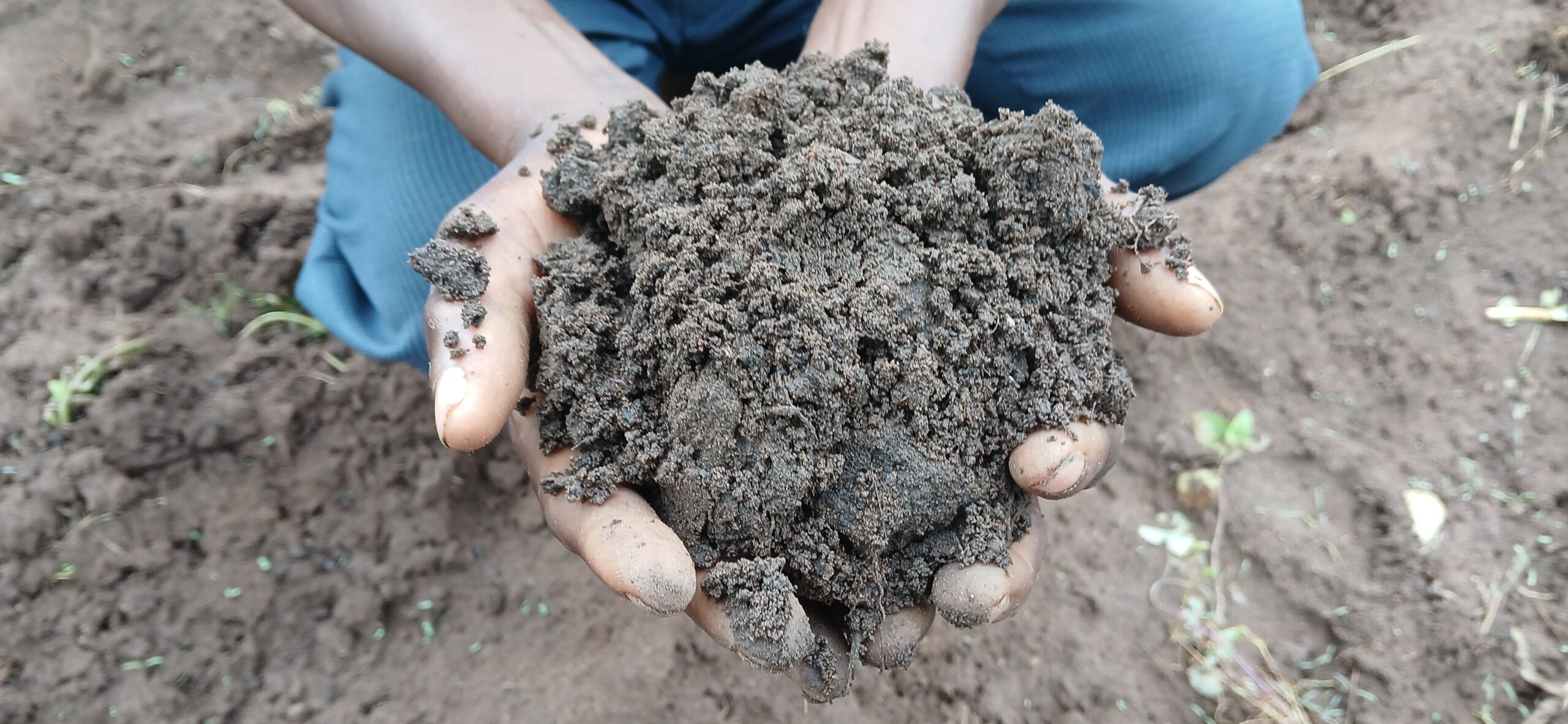
Across Southern Africa, smallholder farmers remain the backbone of rural economies. Yet many continue to face a trio of interconnected challenges: depleted soils, soaring fertilizer costs, and limited access to organic alternatives. As a result, crop yields remain low, forcing farmers to seek affordable solutions to restore soil fertility and sustain productivity. Amid these struggles, an unlikely resource is emerging — chicken manure.
Driven by growing urban demand, Malawi’s poultry industry is thriving, producing substantial volumes of poultry waste. Each chicken produces approximately 80–100 grams of waste per day — an organic, nutrient-rich byproduct with the potential to significantly improve soil fertility if properly utilized. For large-scale chicken farms, this waste is a disposal problem. For smallholder farmers, it is untapped potential.
Recognizing the potential of poultry waste as a sustainable input, One Acre Fund (OAF) joined forces with the Southern Africa Accelerated Innovation Delivery Initiative (AID-I) Rapid Delivery Hub to champion a novel approach. Their goal? To establish a viable business model connecting organic waste from chicken farms with smallholder farmers who urgently need sustainable sources of crop nutrition to enhance production. To test this concept, the collaboration launched a pilot program in several of One Acre Fund’s operating districts in southern Malawi. It aimed to bridge two worlds: 1,000 smallholder farmers in need of affordable soil enhancers and large-scale poultry farms with a manure surplus. The model tested two critical parts of the organic fertilizer value chain: securing a reliable supply through collection and processing and facilitating market linkages through smallholder demand and adoption strategies.
Building a Sustainable Model from the Ground Up
To ensure a consistent and high-quality product, the initiative prioritized identifying the right suppliers with adequate volumes of nutrient-rich manure. However, when the initiative launched in December 2023, Malawi lacked national standards for organic fertilizer. This meant quality benchmarks had to be defined from the ground up.
Working closely with the Farming and Engineering Services (FES) AgriLab, the team developed protocols for testing nutrient composition and moisture content. They also refined drying and bagging techniques to ensure uniformity. Establishing a reliable supply chain required addressing key logistical hurdles: coordinating efficient collection, processing, and delivery while strengthening market linkages. Timely and efficient logistics were essential — ensuring that manure reached farmers’ fields promptly, without compromising quality or agronomic relevance.
The success of this initiative hinged on real-time communication and a strong shared commitment by partners to the product’s value for the end user, from collection to farmer adoption. One Acre Fund spearheaded the sourcing of manure, distribution, and farmer education.
Meanwhile, participating chicken farms took on the role of organic fertilizer manufacturers, processing raw poultry waste into a dry, usable product. OAF then collected and delivered the material to farmers to support improved soil fertility and crop productivity.
As expected with a pilot rollout, several operational and logistical challenges emerged, each offering key insights and valuable lessons for future scaling. A major lesson was the need to professionalize the supply chain. This included establishing standardized protocols for collection, drying, and bagging practices. There is also growing recognition of the need to diversify sourcing — bringing more industry players on board and integrating a wider range of organic inputs.
Piloting the Organic Manure Movement
To generate interest and encourage the adoption of chicken manure as a viable organic fertilizer option, the pilot emphasized marketing and demand testing. Soil health bootcamps were held to demonstrate proper application techniques and communicate the agronomic benefits of manure use. Adoption was closely tracked — not only in terms of the number of farmers reached but also the volume of manure purchased.
The results were impressive. The pilot confirmed strong farmer demand and demonstrated the viability of a scalable business model. Against an initial target of reaching 1,000 farmers, the initiative more than doubled its reach, with 2,391 farmers accessing the resource. Beyond the numbers, the pilot revealed a replicable model that could be integrated into Malawi’s national fertilizer subsidy program, amplifying both reach and effectiveness.
Moreover, combining organic manure with inorganic fertilizers holds a promising pathway to improve input use efficiency and overall soil health. Still, for this initiative to achieve transformative scale, future efforts must focus on expanding production capacity, strengthening distribution systems, and improving farmer access.
Challenges on the Path to a Successful Pilot
While the manure trial was ultimately successful, it was not without challenges. A major issue was the wide variability in moisture and nutrient content — an expected issue with farmyard manure, exacerbated by inconsistent weather conditions. These variations affected the appearance of the product, raising concerns among farmers about quality. This underscored the importance of proactive communication and farmer sensitization to build trust in the product.
Additionally, manure was only available in batches, requiring the workflow to be tailored to this supply chain.
Yet, despite the initial hurdles, the model proved viable. With each adjustment, the system was enhanced, and these teething challenges have since been overcome. Scaling is ongoing, and it is also worth noting that the Malawi Bureau of Standards has since published national organic manure standards.
(Solid organic fertilizer – Specification, MS1084:2023 First edition, ICS 65.080, Malawi Bureau of Standards Board)
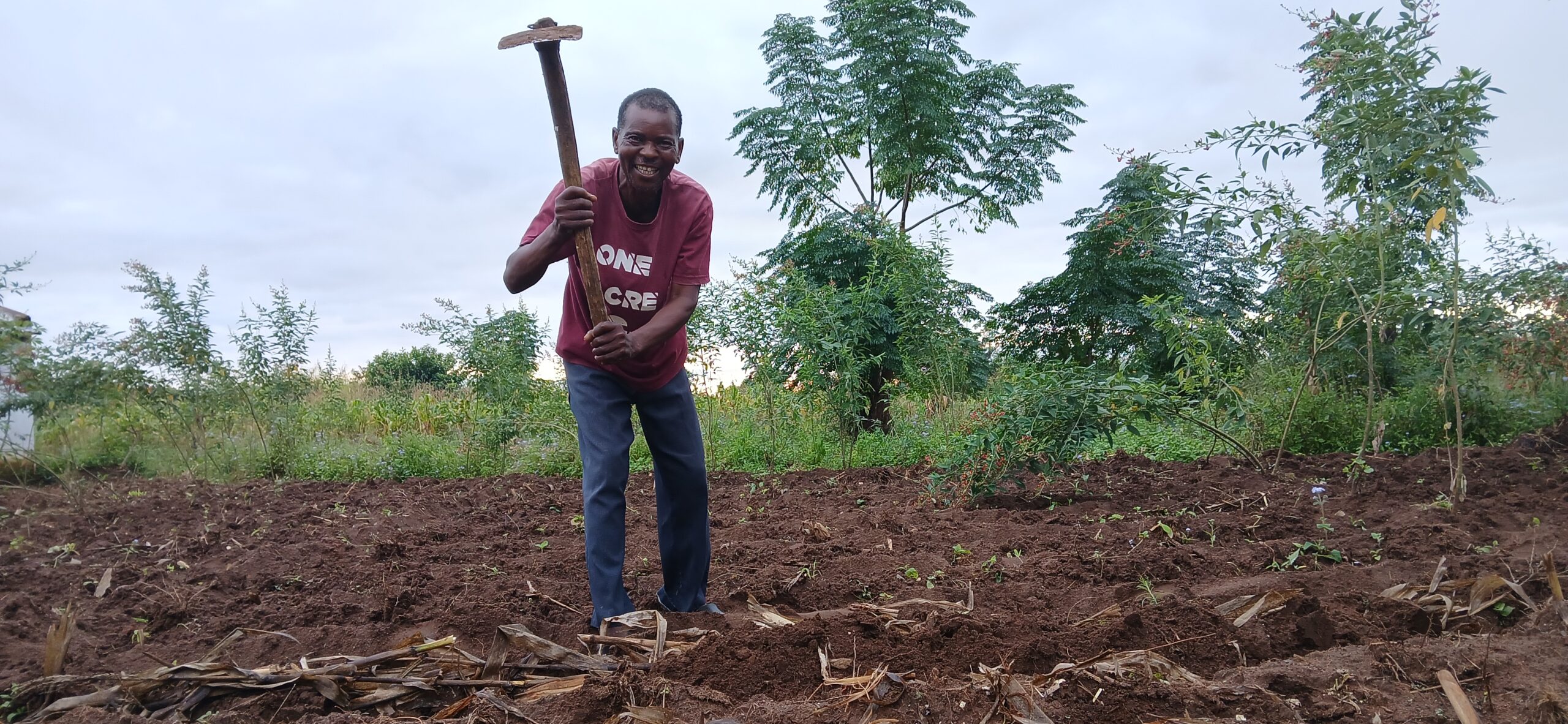

Strengthening the Organic Fertilizer Value Chain
The manure-to-market model represents a bold step toward sustainable agriculture in Malawi. Yet, despite its promising advantages, Malawi’s organic fertilizer value chain is still nascent. Annual organic fertilizer consumption is estimated at only 680 metric tons — less than 0.2% of the country’s total annual fertilizer use. There is still much to be done.
To fully harness this opportunity, the collection and processing of chicken manure must be scaled up to ensure a consistent and reliable supply. There is a need for distribution networks to efficiently link chicken farms and manure processors to rural farmers. Equally important is widespread awareness-raising and capacity building to promote best practices in organic fertilizer application. These efforts are essential to building trust, improving uptake, and ensuring the long-term success of this sustainable solution.
By turning poultry waste into wealth, this initiative showcases the power of innovation in tackling key agricultural challenges. However, for organic fertilizers to reach their full potential, greater investment, policy support, and farmer education are needed. Scaling up solutions like this could redefine soil management in Southern Africa, strengthening climate resilience and driving inclusive agricultural growth.
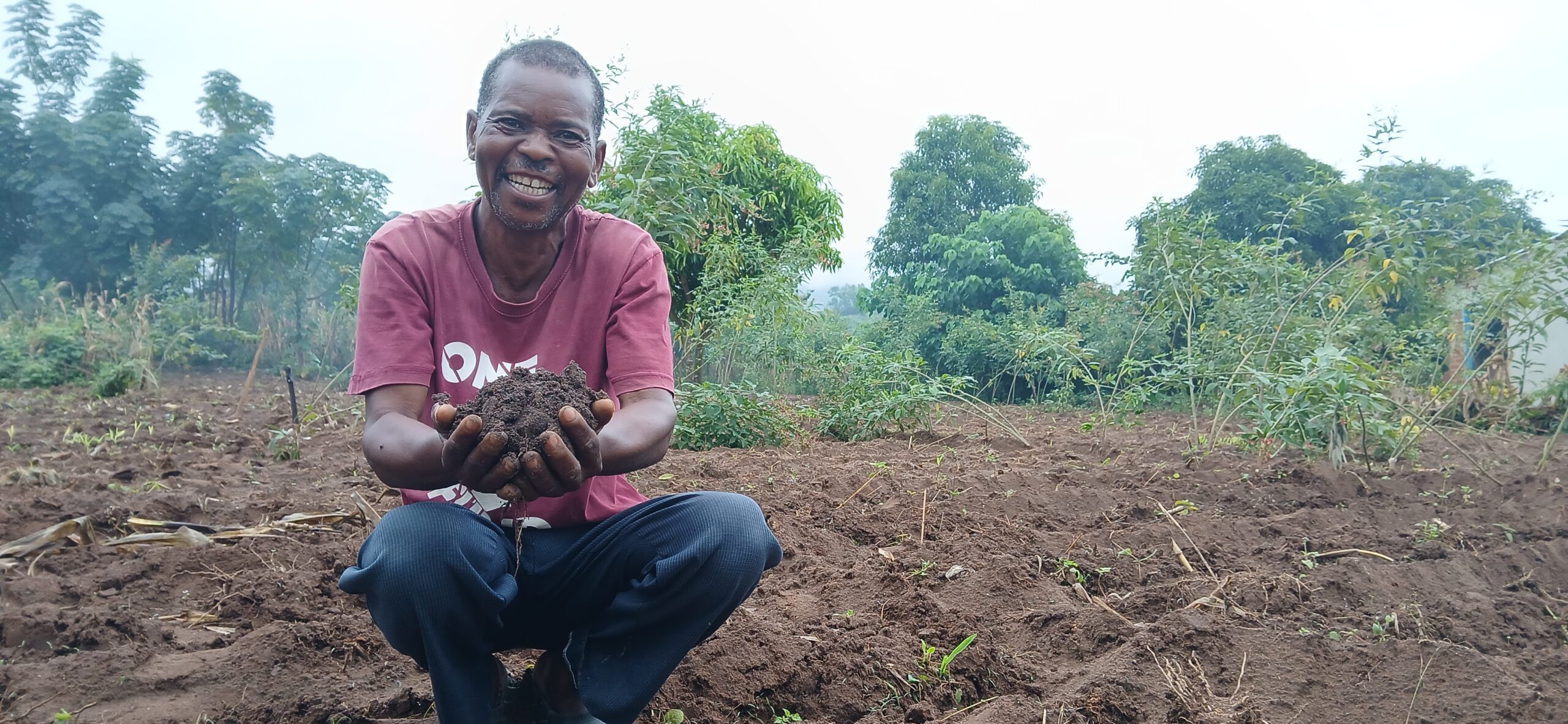
 Innovations
Innovations 
